|
LISTEN TO THIS THE AFRICANA VOICE ARTICLE NOW
Getting your Trinity Audio player ready...
|
Coronavirus pandemic has left a permanent mark on the history of our society in this era. When the virus first came into the limelight, we may have thought it’s the common flu. Never did we expect to end up cooped up in our houses for months.
Stay-at-home orders were put in place to prevent the spread of Severe Acute Respiratory Syndrome Coronavirus 2 (SARS-CoV-2) that causes COVID-19. Recently, states have eased the rules, and we are slowly easing back into normalcy.
Conversations about testing to confirm whether a person has COVID-19 are now the main focus. In today’s article, we’ll look into how to test and verify a positive or negative test for COVID-19.
To clearly explain the testing process, we’ll delve into very specialized molecular biology techniques. For those unfamiliar with this space, this article hopes to simplify the technical jargon using analogies to help you see it in your mind’s eye.
According to the Centers for Disease Control and Prevention (CDC) guidelines, persons with symptoms of COVID-19 that include fever, cough, shortness of breath, chills, muscle pain, a net loss of taste or smell and sore throat have priority for testing. Furthermore, besides having symptoms, additional qualifications include:
- Hospitalized patients top the priority list, then healthcare facility workers, first responders, residents in long-term care facilities, or congregate living settings such as prisons and shelters.
- The second priority includes symptomatic persons or persons without symptoms. Still, it is prioritized by health departments or clinicians for any reason, such as public health monitoring or screening for state and local planning purposes.
There are two types of tests for SARS-CoV-2 infection that causes COVID-19.
- The antibody test confirms the presence of antibody types Immunoglobulin M (IgM) and Immunoglobulin G (IgG) produced after the SARS-CoV-2 virus infection. IgM is a short-lived antibody produced approximately two weeks post-infection, and IgG produced nearly five weeks post-infection. As IgM’s life cycle ends, IgG is produced and lasts longer, acting as a sort of immune systems’ memory. Antibody tests don’t confirm or deny an active COVID-19 infection because they test for the response of our immune system to infection and not directly for the SARS-CoV-2 virus presence. CDC does not recommend this type of test for diagnosing acute infection because it relies on the response of our immune system to SARS-CoV-2 infection. Therefore, testing too early may miss a signal because antibodies haven’t produced yet. This false negative can lead to further infections by making a person think they’ve healed, but they may still be infectious, they just haven’t shown any detectable antibodies.
- The Viral DNA test confirms that a patient’s specimen has SARS-CoV-2 genes and thus an active COVID-19 infection. This testing method will be my main focus here and is the test recommended by CDC to diagnose acute Coronavirus.
Specimen collection
A cotton swab is inserted into the nostril and pushed to the back of your nose – your nasopharynx area. The swab is then rotated in a circular motion to scrape the nasopharynx area collecting the sample.
As you can imagine, this process is slightly painful or, at best, very uncomfortable. It’s also possible to obtain a sample by inserting a swab to the back of the throat. Still, this method is less utilized; my guess is due to less concentration of virus in this area or the potential for a suboptimal gag reflex that puts a doctor at risk of exposure to more than droplets.
Once obtained- for storage- the specimen goes in a buffer solution that stabilizes the sample until it needs preparation for analysis.
Specimen preparation for analysis
As you can imagine, this nose sample is composed of all the “snort” nasopharyngeal debris that need to be separated from the SARS-CoV-2 virus if present, and its genetic material required to determine a positive or negative COVID-19 test result.
A SARS-CoV-2 virus that causes COVID-19 is a Ribonucleic acid (RNA) based virus. Therefore, the first step of specimen purification is segregating SARS-CoV-2 viral RNA from the rest of the “stuff.”; this is done by using RNA extraction kits that come with a protocol or recipe that lab technicians follow.
In general, this recipe will tell you to combine the sample, lysis buffer, and RNAse inhibitor in a tube and mix it. Lysis buffer breaks open the virus envelops that protect the viral RNA, and RNAse inhibitor ensures an intact viral RNA is maintained after breaching the viral nucleocapsid layer.
Coronaviruses get their name from the Glycoprotein spike that resembles a crown. The goal of the specimen preparation is to digest all other parts of the Coronavirus and retrieve only the intact RNA. Infographic Depicting the External and Internal Coronavirus Structure, Vector Illustration by Penwin
The lysed sample is then transferred into a spin column made up of a matrix that binds RNA, like metal to a magnet, and spun very fast, separating RNA for other impurities; that are passed through the porous spin column, leaving only the RNA bound.
To ensure that only RNA is left, a buffer rewashes the spin column to eradicate all impurities. Recovering bound RNA happens using an elution buffer that alters the environment of the spin column, freeing the RNA back into solution for collection. Think of when you have red wine spilled on your white shirt, and you add some drops of Wine Away spray and watch the red of the wine slowly slip away from your shirt. The elution buffer works similarly.
Viral RNA analysis to determine positive or negative COVID-19 result (1)
The recovered total RNA is not specific to SARS-CoV-2 but consists of RNA from the patient’s nostril cells and maybe other Coronaviruses, etc. To specifically isolate viral RNA, molecular biologists must know the RNA sequence of SARS-CoV-2.
In January 2020, the sequence of SARS-CoV-2 was discovered and shared on open source public platforms by Chinese scientists. With this information, molecular biologists can design short RNA templates called primers that work like keys that unlock only SARS-CoV-2 RNA discriminately and none other.
These primers land on specific areas unique to SARS-CoV-2 RNA like a plane on a runway.
Upon landing on their particular RNA sequence, an RNA guided DNA polymerase, commonly known as reverse transcriptase enzyme (2), is then recruited to facilitate the reaction needed to make a complementary DNA (cDNA).
The different stages and cycles of DNA molecule amplification by Polymerase Chain Reaction, PCR, in a thermal cycler. Illustration by DAntes.
Real-time Reverse Transcriptase Polymerase Chain Reaction (RT-PCR) is a common technique used for this analysis. RT-PCR reaction requires a reverse transcriptase enzyme, building blocks of DNA molecule dNTPs, which consist of free nucleotide bases Adenine, Tyrosine, Guanine, and Cytosine (ATGC), the SARS-CoV-2 specific RNA primers, a light-emitting TaqMan probe and a DNA polymerase enzyme.
The components mentioned above combine in a tube, and then the RNA sample is added last and mixed in with the rest.
After that, the cocktail is added into one well of an analytical plate made up of 96 wells. The plate is loaded into a thermocycler, a machine that switches from a high temperature setting to low-temperature setting in a fast cycle.
When the thermal cycler is at 96° C, double-stranded DNA – which are held together by temperature-sensitive hydrogen bonds are separated into two single strands. This intermittent split of double-stranded DNA into two single-stranded DNAs is called denaturation.
Denatured DNA strands become accessible for annealing or attachment by complementary primer DNA strand after lowering the temperature to 60°C.
Once the primer anneals or attaches to the viral cDNA, the DNA polymerase enzyme secures the short primer strand to the longer cDNA template in a sort of group hug with the polymerase in the middle. Next, the DNA polymerase advances, synthesizing a double-stranded DNA molecule by elongating the short primer strand by incorporating complementary nucleotide bases available in the reaction milieu to the existing template; just like a zipper extends from one end to the other by joining the two zipped strands to close up a bag.
When the DNA polymerase reaches the endpoint of elongation, it falls off and detaches like a zipper would if there was no stopper. This detachment in turn causes the TaqMan probe to emit s a fluorescent light signaling end of elongation.
The thermal cycle of high-low temperature shift and PCR process of denaturation-annealing-elongation steps are repeated twenty to forty times, each time cDNA is doubled from 2 strands to 4, to 8 and so forth, followed by a fluorescent light emission.
By the 40th cycle, you have billions of DNA particles generated from one initial cDNA template.
If you have billions of light-emitting fluorophores, what would you guess the test result to be?
Analysis of RT-PCR results
Each time elongation completes, the light emitted grows brighter and brighter due to the exponential doubling of consecutive DNA elongation cycles.
The light emission is captured by a camera that converts this information into data used to determine the concentration of viral DNA from the initial sample. A positive COVID-19 result will have a signal – really bright light. A negative COVID-19 outcome will have low to no light emitted due to a lack of viral DNA template to elongate. In simple terms, a positive test will emit very bright light, which, as an example, gets computed into a raw data score of 100, but a negative test will score 0.
How long does it take to get results?
The length of time it takes the machine to complete the full cycle can inform the operator about how acute the infection is. The more viral RNA there is to amplify, the longer, generally speaking, the PCR cycles will take.
A PCR analyst can take approximately 30 – 60 minutes to prepare 96 samples for RNA isolation, then another 60 minutes for RT-PCR cocktail preparation, and then load it into the thermocycler to complete the reaction in 2-4 hours. Generally speaking, the RT-PCR method can determine COVID-19 results for at least 90 specimens (due to quality controls taking some well slots) within 6 hours of sampling.
(1) RNA is made up of nucleotides Adenine, Uracil, Guanine, and Cytosine (AUGC), and DNA is ATGC. For years it was thought that flow of genetic information was unidirectional from DNA transcribed into an intermediate RNA then finally translated to a different language of amino acids that make up proteins.
But later, viruses were found to possess an enzyme with the ability to reverse direction and synthesize DNA from an RNA template. Viruses, like SARS-CoV-2, exist as RNA, but to infect humans, they need to make DNA. Creating a complementary DNA (cDNA) strand is possible from an RNA template through a process known as reverse transcription via a specialized enzyme creatively named reverse transcriptase.
(2) Coffin JM, Fan H. The Discovery of Reverse Transcriptase. Annu Rev Virol. 2016;3(1):29‐51. doi:10.1146/annurev-virology-110615-035556.
EDITOR’S NOTE: Layman’s Terms is a regular column by Joseph Oloo. It appears on his Linkedin page as well. Click here to read it from his page.


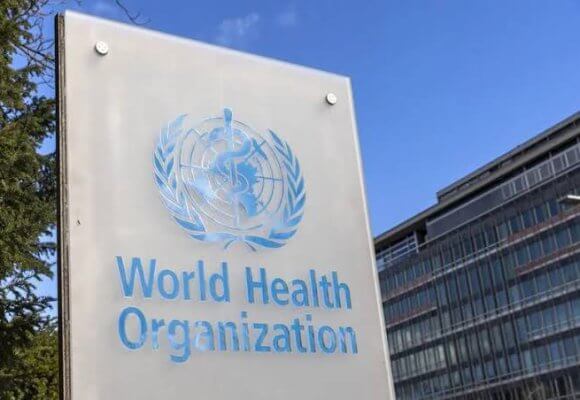
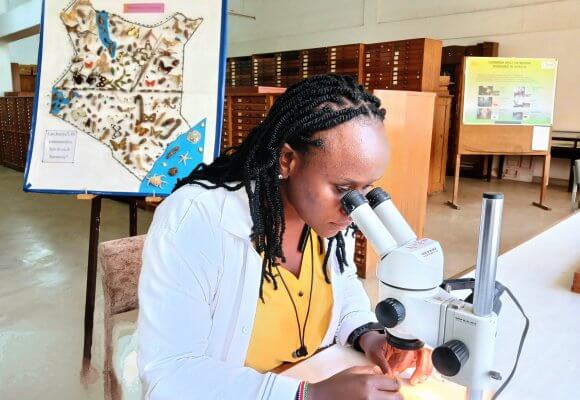
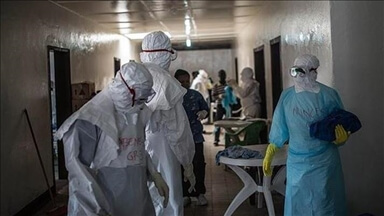
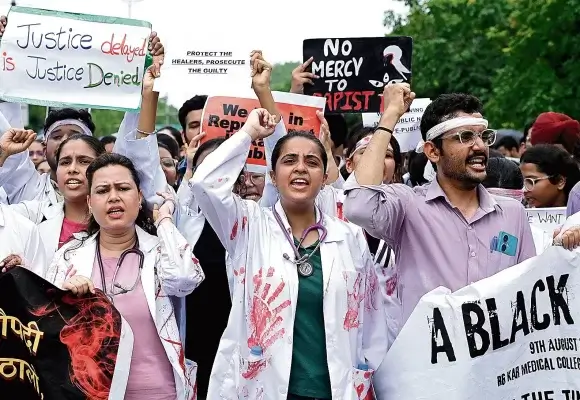

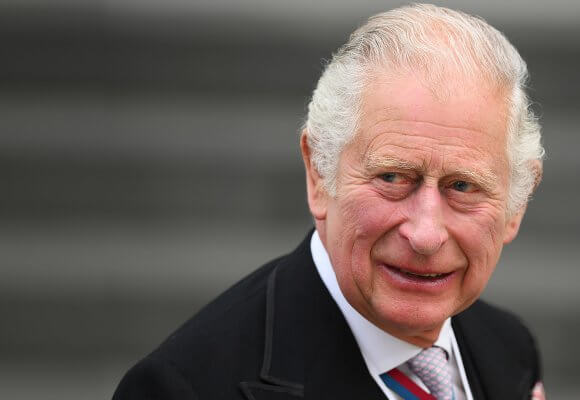
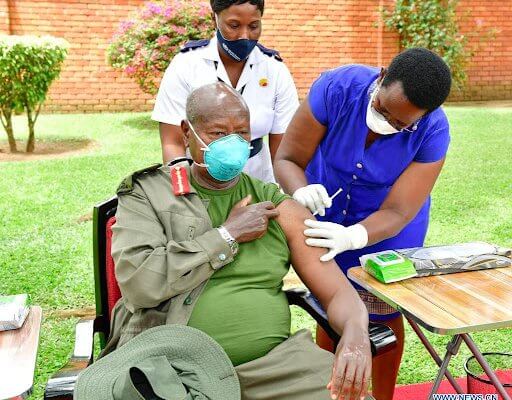
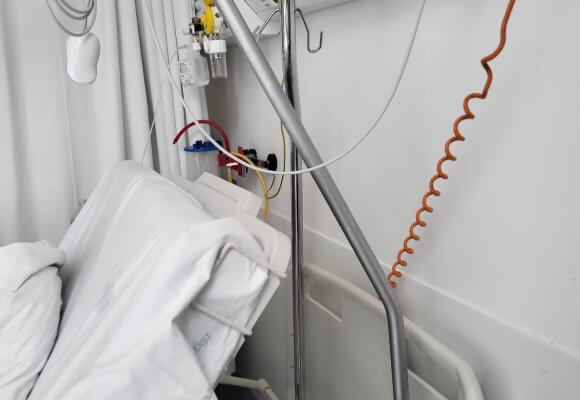
LEAVE A COMMENT
You must be logged in to post a comment.